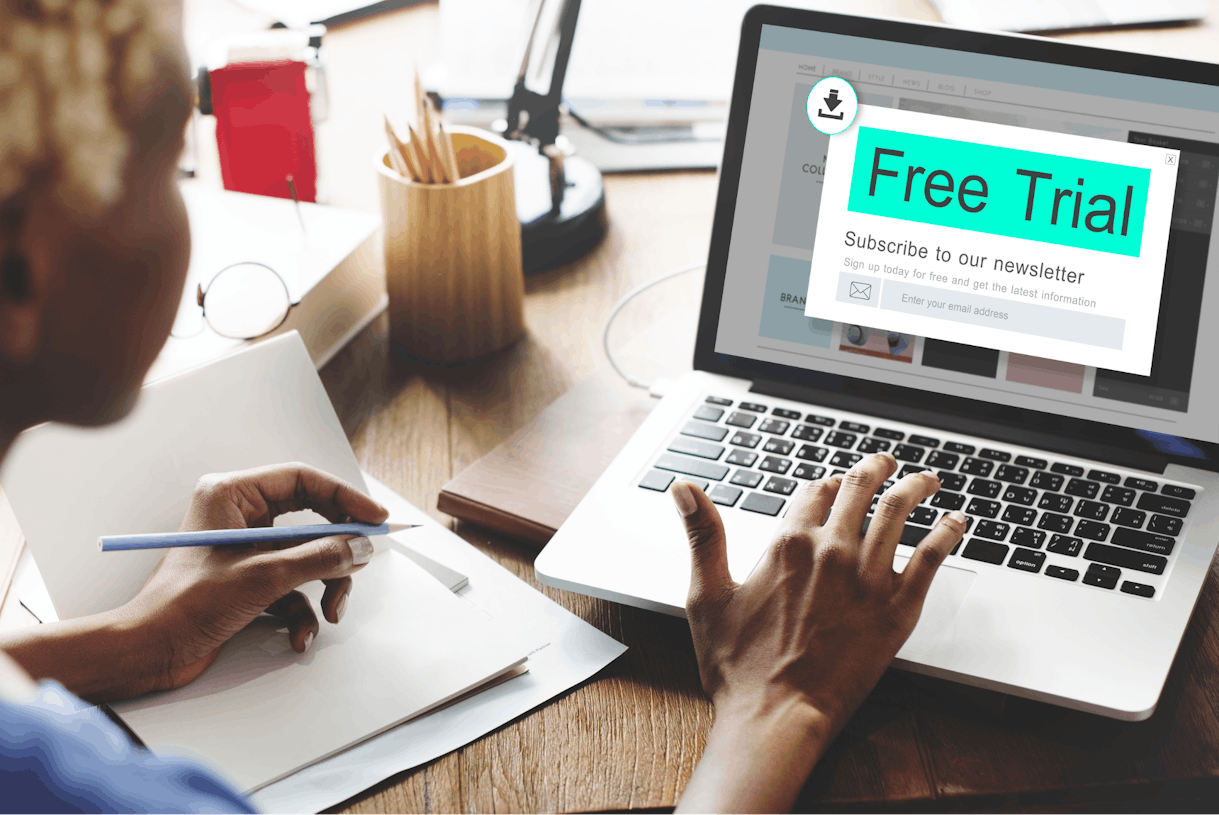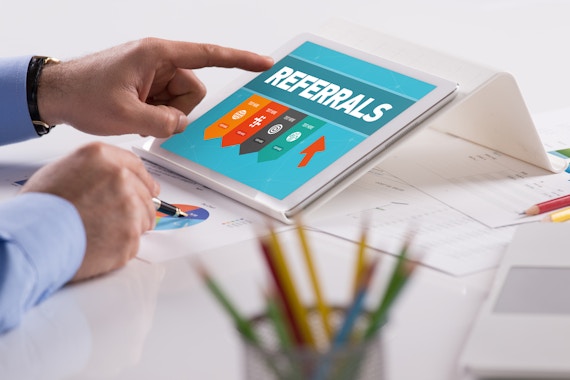Business
8 Tactics For Converting Free Customers To Paying Customers
Dodd Caldwell
July 21, 2020


One of the ways companies attempt to acquire new customers and earn their loyalty is through free trials (sometimes called “freemium plans”).
However, only about 15-20% of free trial users typically sign on to become paying customers, which begs the question: How do you convert free customers to paying customers?
If you’re asking this question with your own company, here are 8 tips for converting those free trials into loyal (paying!) customers.

1. Give Customers A Sense of Urgency
Creating a sense of urgency for customers – the feeling that they’ll miss out if they don’t sign up for a product or service – is often accomplished through a free trial period. A person has the chance to try your product for a limited period of time, and during that time they fall in love with the service and decide it’s worth the investment to keep it.
If you offer a free version and a paid version of your product (as with, for example, project management software), one way to convert that free customer into a paid customer is to offer a free trial of your paid version for a limited time only.
Putting a limit on your trial gives the customer a sense of the product, which will encourage them to hang on to it as their trial period comes to a close.
The most effective time limit will depend on your product or service, and it may take some tweaking to figure out what works best, but as a general rule, the following seem to be effective time limits (with some companies who use this approach):
- 7 day free trial (Starz, Aaptiv)
- 14 day free trial (Ancestry, Playstation Plus)
- 30 day free trial (Hulu, Spotify, Hootsuite)
2. Try a Promotional Period
Another proven approach is to offer a promotional period of a product, rather than a free trial. A promotion is different in that it is a limited period time in which someone can sign up for a service or product and receive a promotional gift or service.
The strategy behind this is that if that promotional gift or service is appealing enough, a prospective customer will sign up for fear of missing out on the promotional period.
You see this with cable services all the time. A flyer shows up in your mailbox, telling you that if you act fast, you can receive the first year for only $29.99 a month when you sign a two year contract, or something along those lines.
With a subscription service, this might look like offering a free or highly discounted gift when a customer signs up. Disney Movie Club does this by offering four movies for a dollar when you sign up. For movies that typically cost upwards of $15 a piece, this is a great deal, and gets customers in the door.

3. Use Email to Your Advantage
In addition to offering free trials or promotional periods, one of the best ways to urge customers to go from free to paying is to use email to your advantage. Email can be used in several different ways, but the main thing you want to accomplish is to let the customer know you care about his or her experience and are available to aid in use and enjoyment of your product.
It may feel counterintuitive to bombard your customer with emails, but these follow-up messages will help people remain engaged with your product if you use them well. Marketing automation software or autoresponders can be used to ensure that you don’t miss the crucial 90 minute window after a customer signs up for a free trial.
What should these emails include? Well, aside from an immediate response that thanks the customer for their business and welcomes them, you can use the following content to remind your customer of some important things:
- If your product has the potential to be confusing in anyway, you can send tutorials or explanations, which will encourage customers to use it again.
- Additional offers as a “thank-you” can encourage customers to sign on for more, and thus fall more in love with your service. Perhaps you begin with a free trial, and then send an email which offers a promotional service as a thank you.
- Check in with your customer to make sure they are enjoying your service, and make it clear that they have a way to ask questions if they need any help.
- Remind the customer of the upcoming end of the free trial. This would be an email to include your CTA (Call to Action) in. This simply encourages the customer to make a decision regarding ongoing service.
- Once your trial period ends, send a follow-up email encouraging feedback. This will be an important piece of improving your marketing strategies in the future.
4. Personalize
You might be amazed at what personalization will do for you as you are attempting to win customers over to paid services. Personalization can take on many forms, but one of the best ways to make your product personal is to include certain details in your drip email campaign.
- In your immediate response email, include a personal message (using the new customer’s name) from the CEO of your company. You may even want to include a picture to put a face with a name.
- Use emails that are triggered by a customer’s behavior. Not every customer will be interacting with your service in the same way or with the same frequency, so individualized responses make your product and customer service more personal to them.
- Reach out to those who DON’T sign up for your paid service with a personal message and a request for feedback that will help you improve. This helps you, and it might win over a customer who had otherwise been on the fence.

5. Make Sure Customers USE Your Product
One of the dangers with subscription services is that if users don’t get the most out of the service during the free trial, they won’t be compelled to consider paying for that service. One of the ways you can get around this problem is by ensuring that your new customer has every opportunity to enjoy your service to the fullest extent.
Feedback emails are great for you once a customer has finished his or her free trial. But they can also be useful to the customer during the free trial. The behavior triggered emails can accomplish this, as well as a personal email asking if the customer is enjoying the service, and whether or not they’d like any help.
You can follow that up with tutorials or videos, or by encouraging your customer to have a live chat on your website (if you offer this).
6. Try Videos or Webinars
Speaking of tutorials and videos, videos are a great way to engage with customers over your new product. This can be especially true of apps, where the full potential of services offered could be missed without some instruction. A short video welcoming your new customer and highlighting some features of your product can go a long way.
Another useful tool could be a webinar, which is a lengthier online video that will train customers to use your product. You may even want to offer several of these and dole them out over the course of the free trial to keep the customer engaged in an ongoing way.

7. Perfect Your Pricing Page
Of course you might miss out on all of these opportunities if your site’s pricing page, don’t accurately represent your paid service or product. Here are a couple of important rules to follow:
- Keep things simple. If the page feels too busy, the user might feel overwhelmed and give up on the process.
- Avoid unclear language. The prices should be clear and accurate, with no hidden costs that pop up later on.
- Make it easy for customers to opt in, or out. You may want to avoid the automatic start of the paid product (where credit card information is gathered before the free trial, and paid services start at the end of the free trial unless the customer cancels).
8. Get Feedback and Make Changes
As we’ve mentioned before, feedback is an important of improving your ability to turn free trials into paying customers. No company is perfect, and the best companies learn from their mistakes by asking for honest feedback. Try asking the following questions when the free trial ends:
- Which of the following did you like MOST about the service?
- Which of the following did you like LEAST about the service?
- What ONE improvement might have made you reconsider paying for our services?
Of course not every answer to these questions will be helpful. But you may gain some insight that enables you to better your free trial and more consistently convert free customers into paying customers.


